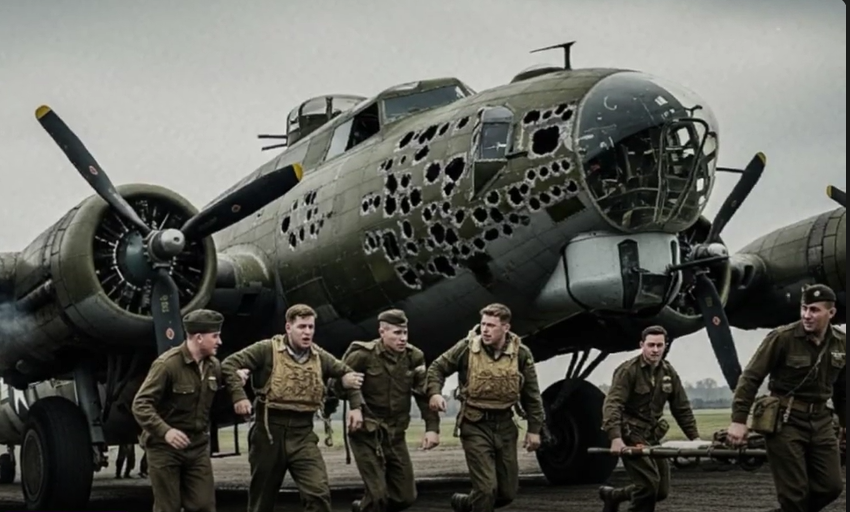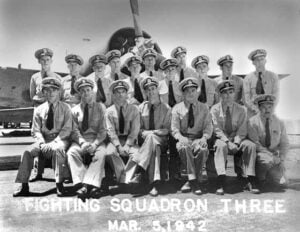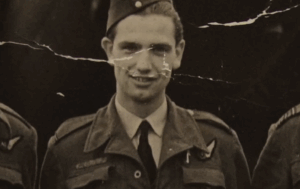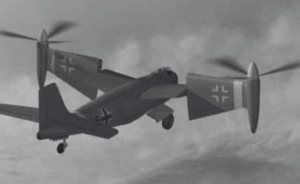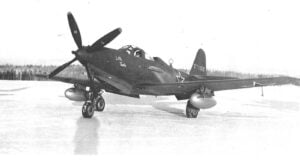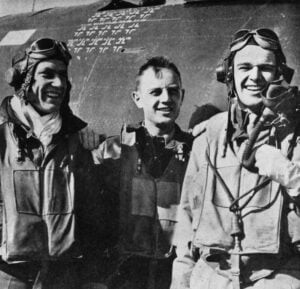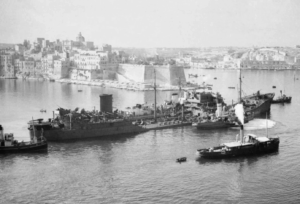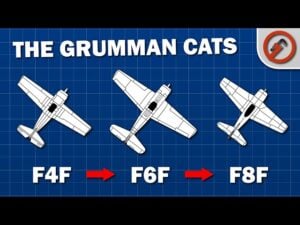How a Banned Invention Secretly Saved Thousands of WWII Pilots
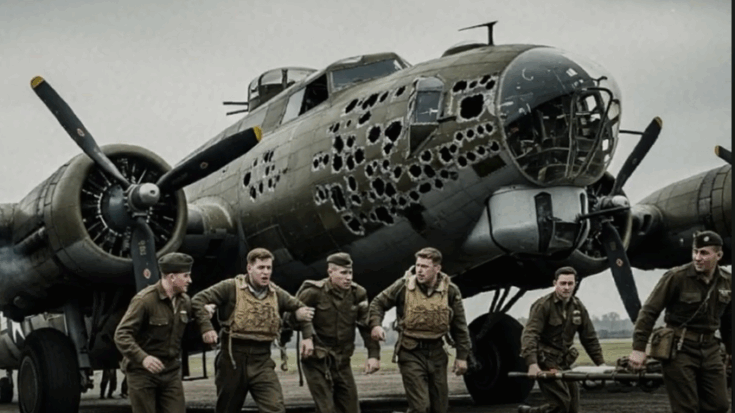
WW2 Chronicles / YouTube
The Skies of Europe Turn Deadly
In 1942, the air over Europe had become a graveyard. American bomber crews flew daily missions deep into enemy territory, targeting factories and airfields. Their aircraft, the B-17 Flying Fortress and B-24 Liberator, were built to take heavy damage, but the men inside were not made of steel. Each mission brought terrible losses. Anti-aircraft fire and enemy fighters tore through the skies, sending burning planes spiraling down.
At field hospitals across England, surgeons faced an endless stream of wounded airmen. Many came back with chest and stomach wounds caused by shrapnel. Others never returned at all. Among those doctors was Wilbur Franks, a flight surgeon who saw too much death and refused to accept it. He realized that helmets and uniforms were not enough to protect men against exploding shells. Something had to change.
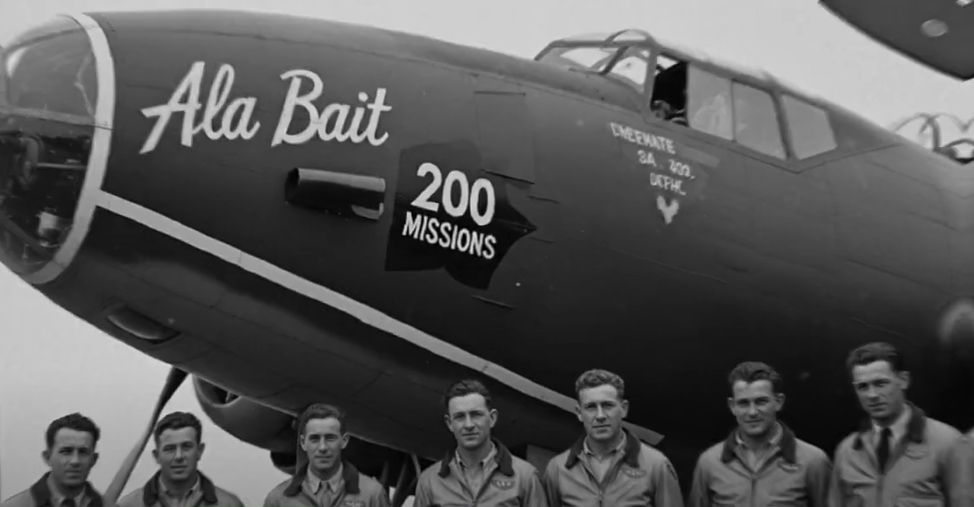
An Unapproved Idea
Franks began sketching a new idea — a steel vest designed to protect a pilot’s heart, lungs, and stomach. He believed that even a thin layer of metal could save lives by stopping shrapnel. But when he presented the idea to army officials, they rejected it. They called it unnecessary, too heavy, and not practical for combat.
Frustrated but determined, Franks decided to act without permission. Using scraps of steel and aluminum from damaged aircraft, he worked secretly with a few engineers in the maintenance hangar. Late at night, they hammered, cut, and welded the first prototypes. It was crude and heavy, but it worked. When Franks tested the plates with live fire, they stopped bullets and fragments. He called it the flak vest.
A Surgeon’s Rebellion
Without official approval, Franks began giving his vests to airmen heading back into combat. He knew it could cost him his career, but he also knew it could save lives. His exact words were remembered by many: “If I get court-martialed, so be it. Better that than another boy dying for lack of protection.” Soon, the results spoke for themselves. Crews returned wounded, but fewer were dying. Waist gunners and bombardiers who once stood little chance were coming home alive.
Word spread quickly across the airfields of the Eighth Air Force. Airmen called it “the doc’s vest,” and some traded cigarettes or whiskey just to get one before a mission. What began as a secret experiment became a quiet revolution among bomber crews desperate to survive.
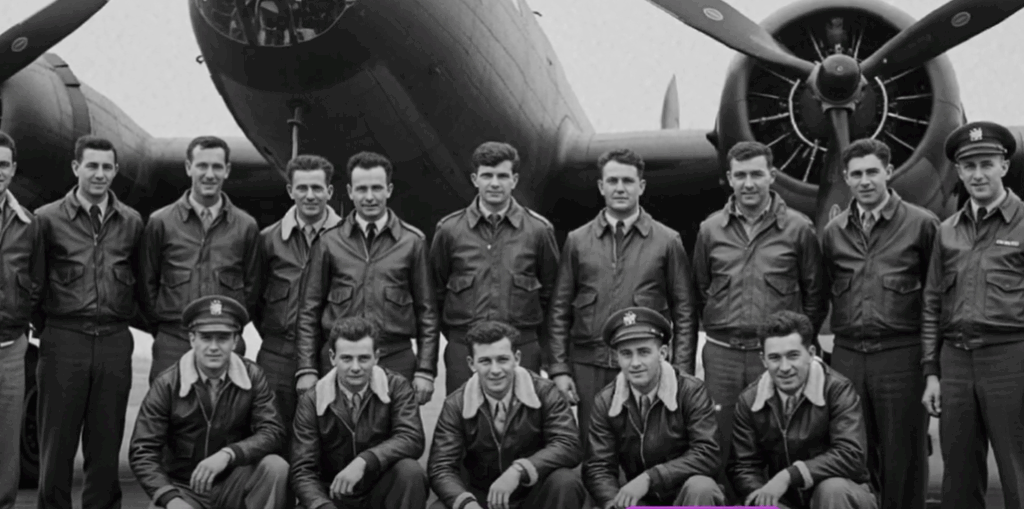
Official Recognition
When senior commanders finally learned about the flak vest, they were surprised. Instead of punishment, Franks was asked to demonstrate it. The data was impossible to ignore — missions with crews wearing his armor showed far fewer deaths from chest and stomach wounds. By 1943, the vest became standard issue for bomber crews. Factories in America began mass-producing it using manganese steel and layers of tough nylon.
The introduction of the vest changed everything. The men who once flew with no protection now had a fighting chance. Reports from the front confirmed that the survival rate of airmen had risen sharply. Even enemy pilots noticed, calling American crews harder to bring down.
Beyond the War
Franks never sought fame or medals. After the war, he returned quietly to medicine, content to know that fewer soldiers had died because of his work. Yet, his invention shaped the future. The design of his flak vest inspired new protective gear for medics, ground troops, and eventually, modern body armor.
What made his act remarkable was not just the invention itself, but his defiance. He chose to save lives even when the rules forbade it. In a time ruled by orders and obedience, Franks’s compassion became an act of quiet rebellion. His steel vest turned out to be more than armor — it was a symbol of humanity amid destruction. Because one surgeon dared to break the rules, thousands of airmen lived to come home.
